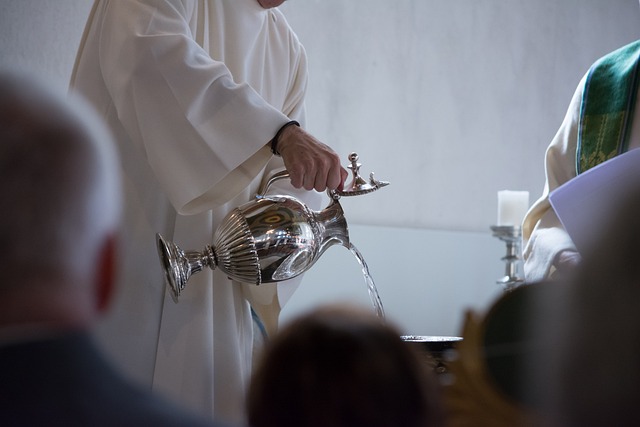Throughout various cultures and religions, lamp lighting serves as a profound ritual that transcends mere physical illumination. It symbolizes the presence of the divine, the illumination of the soul, and the eradication of darkness, which metaphorically represents ignorance or evil. The act of lamp lighting is steeped in spiritual significance, invoking a sense of reverence and connection between the practitioner and a higher power.
In many religious practices, lighting a lamp is more than a ceremonial act; it is a moment of reflection and meditation. For instance, in Hinduism, the tradition of aarti entails the lighting of small oil lamps, or diyas, which are offered to deities during prayers. This ritual not only illuminates the physical space but also serves to invoke inner brightness and spiritual awakening among devotees.
Similarly, in Christianity, the lighting of candles holds an important place during masses, particularly in observances like Advent. Each candle symbolizes hope, peace, joy, and love, reminding believers of the light of Christ that guides them through the trials of life. The flickering flame serves as a visual metaphor for faith and resilience amidst struggles.
In Buddhism, lamps made of oil are often lit during important ceremonies to symbolize wisdom dispelling ignorance. This powerful image encapsulates the very essence of the Buddha’s teachings, reinforcing the belief that enlightenment is like a lamp lighting the dark corners of one’s mind. When practitioners engage in lamp lighting, they are not merely performing a ritual; they are consciously participating in a spiritual journey toward greater understanding and compassion.
The ritual of lamp lighting can also encourage a communal spirit among those participating. Whether during festivals, prayer services, or personal devotions, gathering to light lamps fosters a sense of unity and shared purpose. People across various cultures have experienced the warmth of collective prayer and the strength it brings — a poignant reminder that in spirituality, light is a shared experience meant to bring comfort and clarity.
Moreover, the flame of a lamp reflects the duality of life, with its flickering presence embodying both fragility and resilience. Just as a lamp needs fuel to burn brightly, individuals must nourish their souls with love, compassion, and understanding to maintain their spiritual illumination. This analogy encourages seekers to cultivate a practice of introspection and self-care, ensuring that their inner light remains vibrant amidst life’s challenges.
In various traditions, specific times of the day are recognized for lamp lighting, particularly during dawn and dusk. These moments of transition mirror the spiritual journey undertaken by many seekers, symbolizing the movement from ignorance to enlightenment, or from despair to hope. As daylight fades and the evening sets in, lighting a lamp can become a ritual to recenter oneself, inviting peace and tranquility into chaotic lives.
Furthermore, the essential act of lamp lighting resonates deeply with themes of renewal and rebirth. Many festivals across cultures, like Diwali in India, center around the symbolic lighting of lamps to signify the victory of light over darkness and good over evil. Such celebrations not only showcase community but also invite individuals to reflect on their own paths and the potential for transformation through faith.



